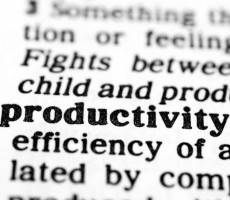July 4, 2016
Netherlands creates first countrywide Internet of Things network 0
 Dutch telecommunications company KPN claims it has created the world’s first national network devoted to the Internet of Things (IoT). The firms says its technicians have upgraded hundreds of existing towers with Long Range (LoRA) gateways and antennas, to create the new public network. The first (IoT) applications are already connected to the network, including at Schiphol Airport where it is being tested in logistical processes such as baggage handling and for facility services. An experiment is also being carried out at Utrecht Central station that allows LoRa to monitor rail switches, and depth sounders at the port of Rotterdam have been fitted with devices to connect them to the IoT network. “Last year we identified an increasing demand for low-power network technology for Internet of Things applications,” says Joost Farwerck, COO of KPN. ” We are responding to this by choosing LoRa, so millions of devices can be connected to the internet in a cost-effective manner. In less than a year KPN has implemented a network that allows us to satisfy this market demand.”
Dutch telecommunications company KPN claims it has created the world’s first national network devoted to the Internet of Things (IoT). The firms says its technicians have upgraded hundreds of existing towers with Long Range (LoRA) gateways and antennas, to create the new public network. The first (IoT) applications are already connected to the network, including at Schiphol Airport where it is being tested in logistical processes such as baggage handling and for facility services. An experiment is also being carried out at Utrecht Central station that allows LoRa to monitor rail switches, and depth sounders at the port of Rotterdam have been fitted with devices to connect them to the IoT network. “Last year we identified an increasing demand for low-power network technology for Internet of Things applications,” says Joost Farwerck, COO of KPN. ” We are responding to this by choosing LoRa, so millions of devices can be connected to the internet in a cost-effective manner. In less than a year KPN has implemented a network that allows us to satisfy this market demand.”
































